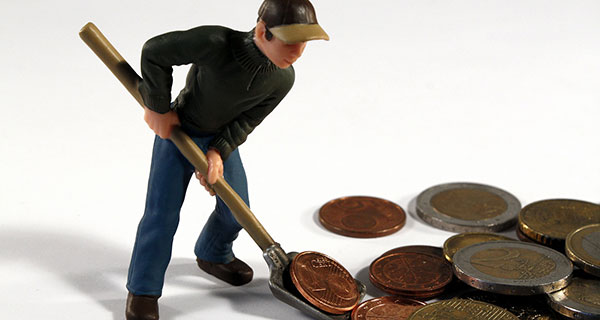Alberta’s annual inflation rate of 2.3 per cent was lower than the Canadian average in May, according to Statistics Canada.
The federal agency reported on Wednesday that nationally the consumer price index rose 2.4 per cent on a year-over-year basis.
On a monthly basis, consumer prices in Alberta rose 0.2 per cent from April while they were up 0.4 per cent nationally.
The CPI increased amid a series of broad-based gains, including higher prices for food and durable goods, while consumers paid 3.7 per cent less for gasoline compared with May 2018. Excluding gasoline, the CPI increased 2.7 per cent year over year, up from a 2.3 per cent increase in April, said StatsCan.
Prices increased year over year in all eight major components in May, with six components growing at faster rates and two components growing at the same pace compared with April. Higher prices for food (+3.5 per cent) and transportation (+3.1 per cent) contributed to the increased growth in the all-items index, added the federal agency.
Energy prices were down 0.1 per cent compared with May 2018. A decline in gasoline prices (-3.7 per cent) over the 12 months to May was the only contributor to the decrease in the energy index, it said.
“On a year-over-year basis, the growth rate for electricity prices increased to 2.3 per cent in May at the national level. This was due in part to an 11.4 per cent increase in electricity costs in Alberta compared with last May, when prices declined. Similarly, natural gas prices rose 11.6 per cent year over year at the Canada level, and increased 29.9 per cent in Alberta due to declines this time last year,” said StatsCan.
James Marple, senior economist with TD Economics, said inflation is back in Canada, at least for now. While some of the factors pushing up price growth are likely to prove fleeting, we can’t discount the relatively broad-based nature of price growth in May, he said.
“The acceleration in the core readings support the notion that the Bank of Canada is likely to remain on the sidelines even as the U.S. Federal Reserve takes a more dovish stance. It has been some time since inflation surprised to the upside south of the border,” said Marple in a commentary note.
“The Canadian economy continues to recover from its soft patch at the start of this year, with increasing signs of improving domestic demand, that should push growth above its potential rate over the remainder of this year.”
The views, opinions and positions expressed by columnists and contributors are the author’s alone. They do not inherently or expressly reflect the views, opinions and/or positions of our publication.


